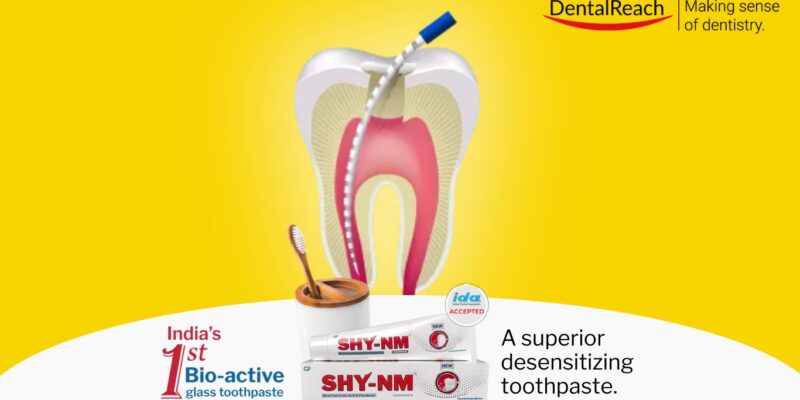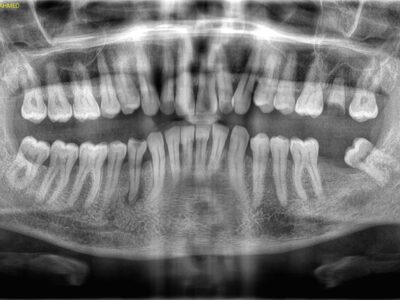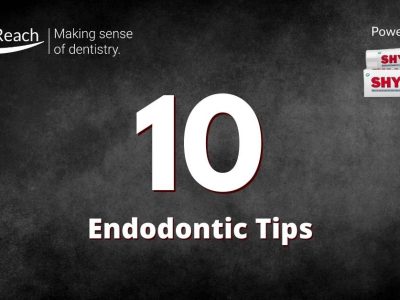Abstract
The ability of endogenous stem cells to regenerate tissue is the foundation of the cell homing technology. The term “cell homing” describes the migration or infiltration of endogenous cells into the cite in response to physiological, biochemical, or biological stimuli, or through passive flow in the form of a blood clot from the apical tissue. This review study aims to provide a summary of cell homing as well as a number of strategies for encouraging the regeneration of damaged pulp tissue.
Introduction
Root canal therapy or apexification is the standard treatment for teeth that are irreversibly diseased or necrotic. By attempting to repair the injured “pulp-like” tissue, regenerative endodontics can prevent necrosis and maintain the vitality of the teeth. The main clinical benefit is the development of root.
The term “pulp-like” tissue does not relate to pulp-dentin complex development or regenerated pulp tissue with an odontoblastic layer. The ability of endogenous stem cells to regenerate tissue is the foundation of the cell homing technology. The term “cell homing” describes the migration or infiltration of endogenous cells into the cite in response to physiological, biochemical, or biological stimuli, or through passive flow in the form of a blood clot from the apical tissue. The American Association of Endodontists has established its success criteria for Regenerative Endodontic Procedures. Despite difficulties, Heet al. (2017) found that cell homing is now the most clinically viable method for dental pulp regeneration. Future advancements in tissue engineering could lead to new scaffold designs, antibacterial protocols, and the use of other signalling molecules, improving the outcome’s predictability.
Regenerative Endodontics
Endodontic treatment involves removing bacteria and infected pulp tissue from a tooth’s root canal to prevent or eliminate apical periodontitis. Traditional methods include apexification, which uses a calcium hydroxide paste or mineral trioxide aggregate to form an artificial apical barrier . However, this method has disadvantages such as no continued root development, thin dentin walls, and long treatment periods.
Regenerative endodontic treatment (RET) offers a promising alternative to apexification by creating an environment to stimulate the regeneration of the neurovascular bundle (pulp tissue) of the tooth. RET is particularly useful for necrotic immature teeth due to the desire for continued root development . Two main approaches within RET are
- cell-based (cell transplantation) and
- cell-free (cell homing) approaches
Cell-based approaches involve harvesting and expanding pulp tissue in vitro, while cell-free approaches involve cell homing or migration of endogenous stem cells through blood clots. Both approaches aim to restore original function and reduce the risk of reinfection in necrotic immature teeth.
Strategies to Optimise Cell-Homing
Cell homing plays a pivotal role in initiating and sustaining tissue regeneration, and understanding its mechanisms can help researchers and clinicians device strategies to enhance the recruitment of reparative cells, optimize tissue regeneration, and improve clinical outcomes. Recent advancements in the field have expanded our understanding of regenerative processes and opened avenues for innovative treatment modalities.
The following strategies collectively optimize the microenvironment for cell homing, improving the efficacy of regenerative therapies:
- Controlled release systems, such as microspheres or nanoparticles embedded within scaffolds, allow for the sustained and localized delivery of chemokines, growth factors, or small molecules to recruit and guide homing of therapeutic cells to the target site.
- Spatial distribution of bioactive molecules within the scaffold can be engineered to create concentration gradients, promoting directional migration of cells towards the desired location.
- Synergistic effects can be achieved by combining multiple cues, such as growth factors and extracellular matrix components, within the scaffold to enhance cell adhesion, proliferation, and differentiation.
Conclusion
This article provides a comprehensive overview of cell homing in regenerative endodontics, discussing fundamental concepts, mechanisms involved, strategies for enhancing cell homing, and future directions and challenges. By elucidating the underlying principles and exploring innovative strategies, we aim to contribute to the advancement of regenerative therapies for dental pulp regeneration and tissue repair.

















Comments